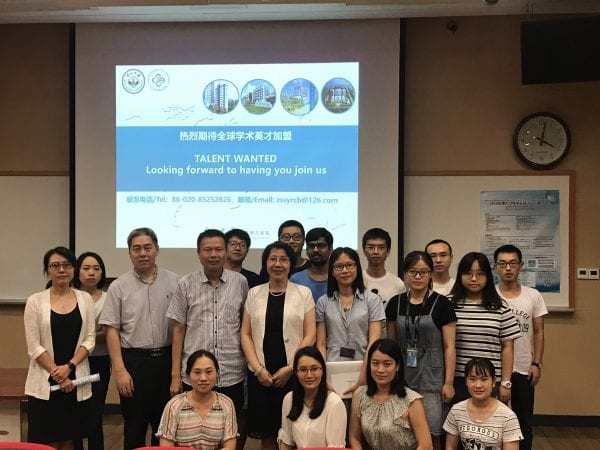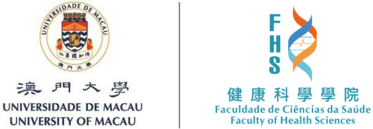
| Talk title | Epigenomic Identification of Critical Cancer Genes |
| Speaker | Prof. Yanming CHEN Professor, Vice Dean |
| Date & Time | 05 July 2019 (Fri) 15:00-16:00 |
| Venue | Room G004,E12 Building (University of Macau) |
| Abstract | The Department of Endocrinology and Metabolism in the Third Affiliated Hospital of Sun Yat-sen University is a national key discipline, a national key clinical specialty and a guangdong Provincial Key Laboratory of Diabetology as well. As one member of which, Professor Yanming Chen has been carrying on a prospective cohort study of diabetes patients in order to establish the diabetes and its complications management platform, the clinical and biological BIG Data Center and build a training base of new technology promotion un06r the funding of national and provincial programs for these years.
According to the IDF, the prevalence of diabetes in Chinese adults is 10.6%, while the diabetic retinopathy (DR) is 31%. In addition, the incidence of DR increase significantly as diabetes progresses. DR remain the major cause of blindness, which brings heavy soci-econimic burden to diabetic patients. However, the effect of antidiabetic therapy on the incidence of DR is still unknown. In April 2019, Professor Chen reported a one-year result of clinical research projects of Sun Yat–sen University in Journal of Diabetes, which firstly reported the effect on DR between oral antidiabetic drugs (OADs) alone and in combination with basal insulin-supported OADs therapy (BOT). Between January 2015 and January 2018, this study enrolled 290 patients (age 18-65 years) with diabetes duration between 0 and 5 years. Patients were randomly assigned to receive OADs or BOT after 14 days intensive insulin treatment. Eye examinations were performed at the beginning and after one-year follow-up. This study showed that fewer patients developed DR in the BOT than OADs group (8 [6.06%] vs 12 [8.3%], respectively), and all cases of DR were non-proliferative. The levels of blood glucose were higher in the BOT than OADs group at the 3rd month, but lower in the former at the 6th and 12th month. The rate of reaching target HbA1c≤7% was lower in the BOT than OADs group at the 3rd month (63.6% vs 72.2%, respectively), similar between the two groups at the 6th month (60.6% vs 66.6%, respectively) and higher in the BOT group at the 12th month (75.0% vs 61.1%, respectively). The glycemic variability was lower in the BOT than OADs group. Changes in the levels of inflammatory cytokines were significantly less in the BOT than OADs group. This study suggests that BOT is superior to OADs alone in preventing DR. This will help clinicians to select a suitable subsequent therapy after initial intensive insulin therapy. In addition, another study about the risk factor of diabetic macro-vascular complication was published in Cardiovascular Diabetology in April 2019. Professor Chen conducted a prospective cohort study of 455 T2DM patients with a median of 4.7 years follow-up to investigate the effect of visit-to-visit fasting plasma glucose (FPG) variability on the left cardiac structure and function in T2DM patients. FPG variability was calculated by its coefficient of variation (CV-FPG). Left cardiac structure and function were assessed using echocardiography at baseline and after follow-up. CV-FPG was independently associated with the annualized changes in left ventricle, interventricular septum, left ventricular posterior wall thickness, left ventricular mass index, and left ventricular ejection fraction in multivariable regression analyses. The study demonstrated that visit-to-visit variability in FPG could be a novel risk factor for the long-term adverse changes in left cardiac structure and systolic function in patients with type 2 diabetes. The researches are still going on, and will continue to report the results of the research. We believe that it will bring more new information and methods to prevent the micro-/macro-vascular complication in diabetic patients. |

